The Qunari have been a presence within the Dragon Age franchise since Dragon Age Origins. As each game has moved across Thedas, their lore has expanded as the focus has moved to nations with a more significant Qunari presence, with a particularly large expansion taking place in Dragon Age 2. With the ten-year time skip since Dragon Age: Inquisition in Dragon Age: The Veilguard and the move to Northern Thedas, the Qun has seen some significant changes, giving players a different perspective on the group. Tevinter Nights marked the biggest cultural shift in the Qunari, where the Antaam began a wave of invasions that were unsanctioned by the Qun, and were instead encouraged by Rasaan, a high-level Tamassran and advisor to the Arishok.
Once the invasions began, the Antaam became a rogue force and officially split from the Qun, instead pursuing invasions across Northern Thedas in Tevinter, Rivain, and Antiva. This happened several years after Dragon Age: Inquisition, with the Antaam becoming well-entrenched by Dragon Age: The Veilguard‘s timeline. With the Antaam’s split from the Qun, the Qunari encountered in Dragon Age: The Veilguard may look very different to what veteran players might initially expect.
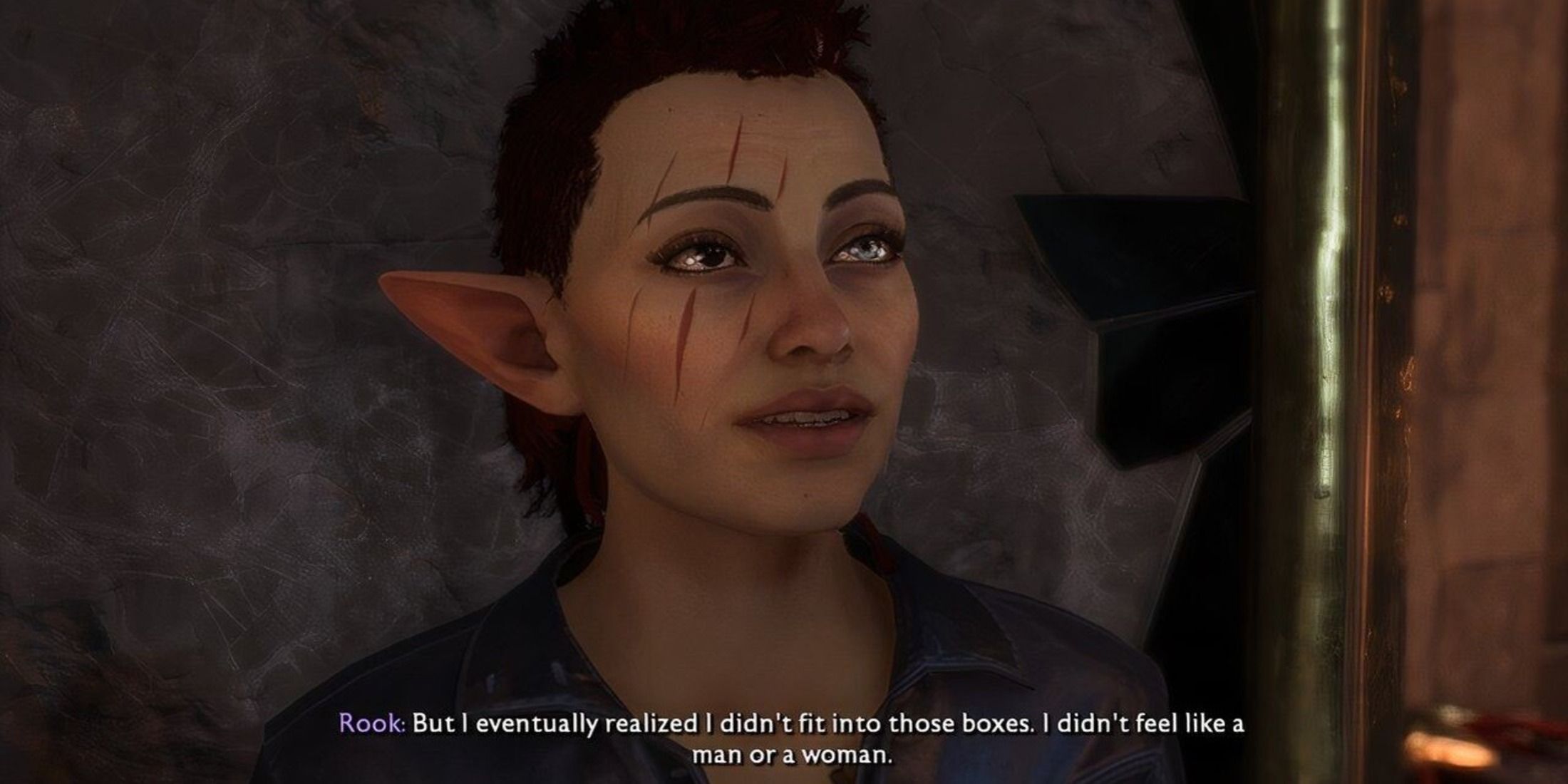
Related
How Dragon Age: The Veilguard Gets Nonbinary Representation Right
Dragon Age: The Veilguard’s world features fully realized nonbinary characters and a Rook who is so much more than their pronouns.
The Role of the Antaam in Dragon Age: The Veilguard
One of the biggest changes in Dragon Age: The Veilguard is the Antaam’s splitting from the Qun, with the armed wing, or “body” of the Qun essentially becoming Tal-Vashoth despite not officially leaving the Qun. A codex entry in Dragon Age: The Veilguard describes the Antaam as “shattered” rather than having simply split from the Qun, with many different leaders that have different purposes and styles of leading.
The most prominent of the new Antaam leaders include the Butcher in Treviso, who indulges in a new culture that was previously denied to him, and the Ataashok, or Dragon King, who have kept to the old traditions of the Antaam in order to retain the loyalty of the Antaam. Of note is that the Arishok, the supreme leader of the Antaam, didn’t split from the Qun with the rest of the Antaam, and he, along with several loyal followers have remained as a part of the Qun. However, rather than remaining as a part of the “body” of the Qun, they instead are a part of the “soul”, and have been integrated into the Ben-Hassrath.
Dragon Age: The Veilguard’s Companion Offers Different Perspectives on Qunari Culture
Taash and their mother, Shathann, also give a new perspective on Qunari life and culture. Shathann was a scholar when she followed the Qun, and gives the first perspective in Dragon Age of a Qunari that didn’t originate from a military branch of the Qun such as the Antaam or the Ben-Hassrath. While she did leave the Qun, she did pass on much of her culture to her child.
Qunari have been seen in different clothing since Dragon Age 2, with their armor prominently featuring ropes. Taash expands on the meaning behind them, calling them dar-saam, and explaining the ritual they go through every morning where the ropes metaphorically bind them to the Qun and instill discipline and focus. This is a different side to the Qun that hasn’t been seen in Dragon Age before. Another aspect of Qunari revealed in Dragon Age: The Veilguard are the adaari: Qunari with the ability to breathe fire. This is a major revelation that further connects Qunari to dragons, a popular fan theory that has a strong basis in Dragon Age‘s lore.
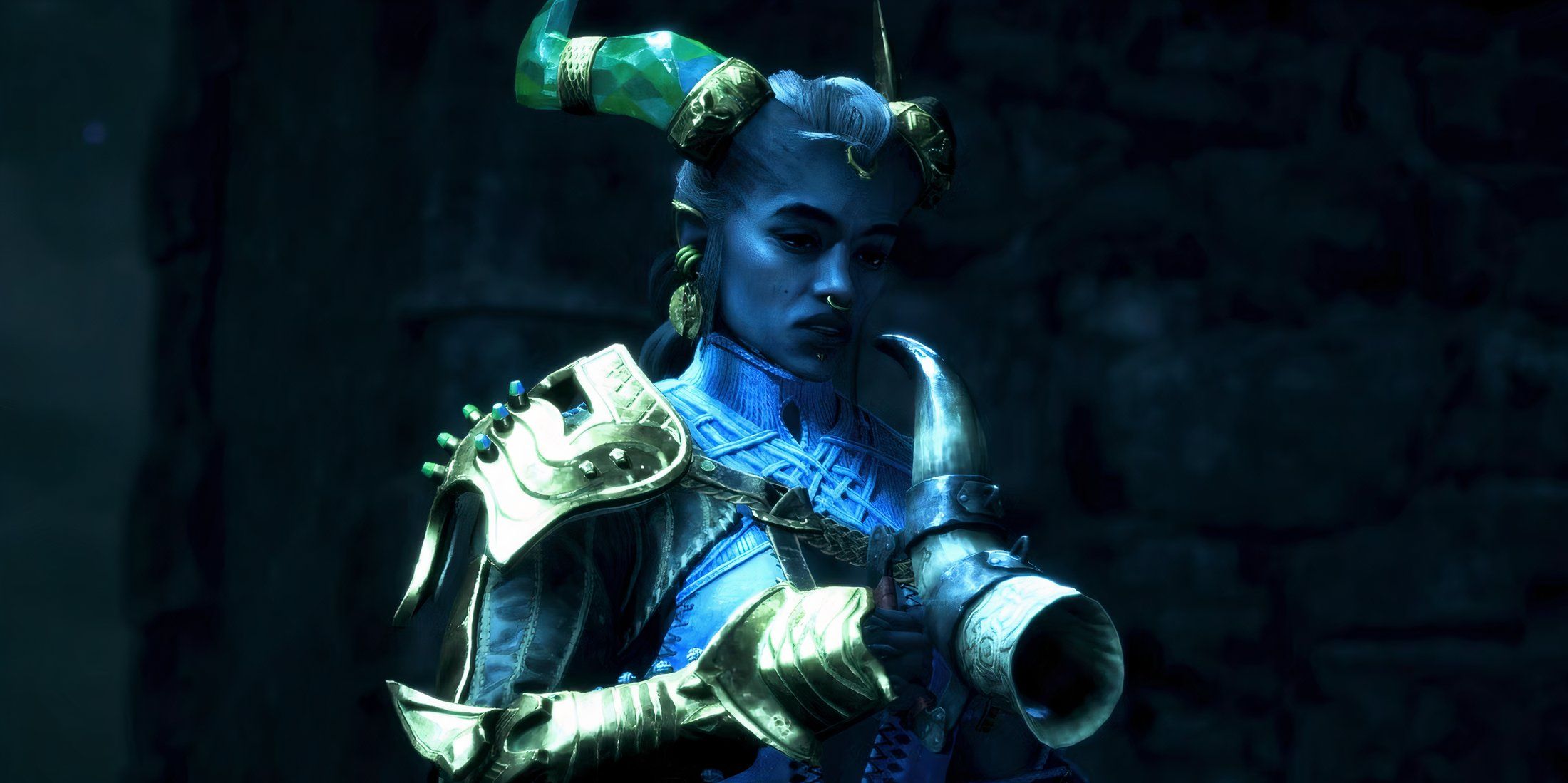
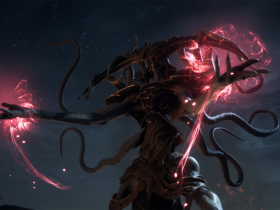
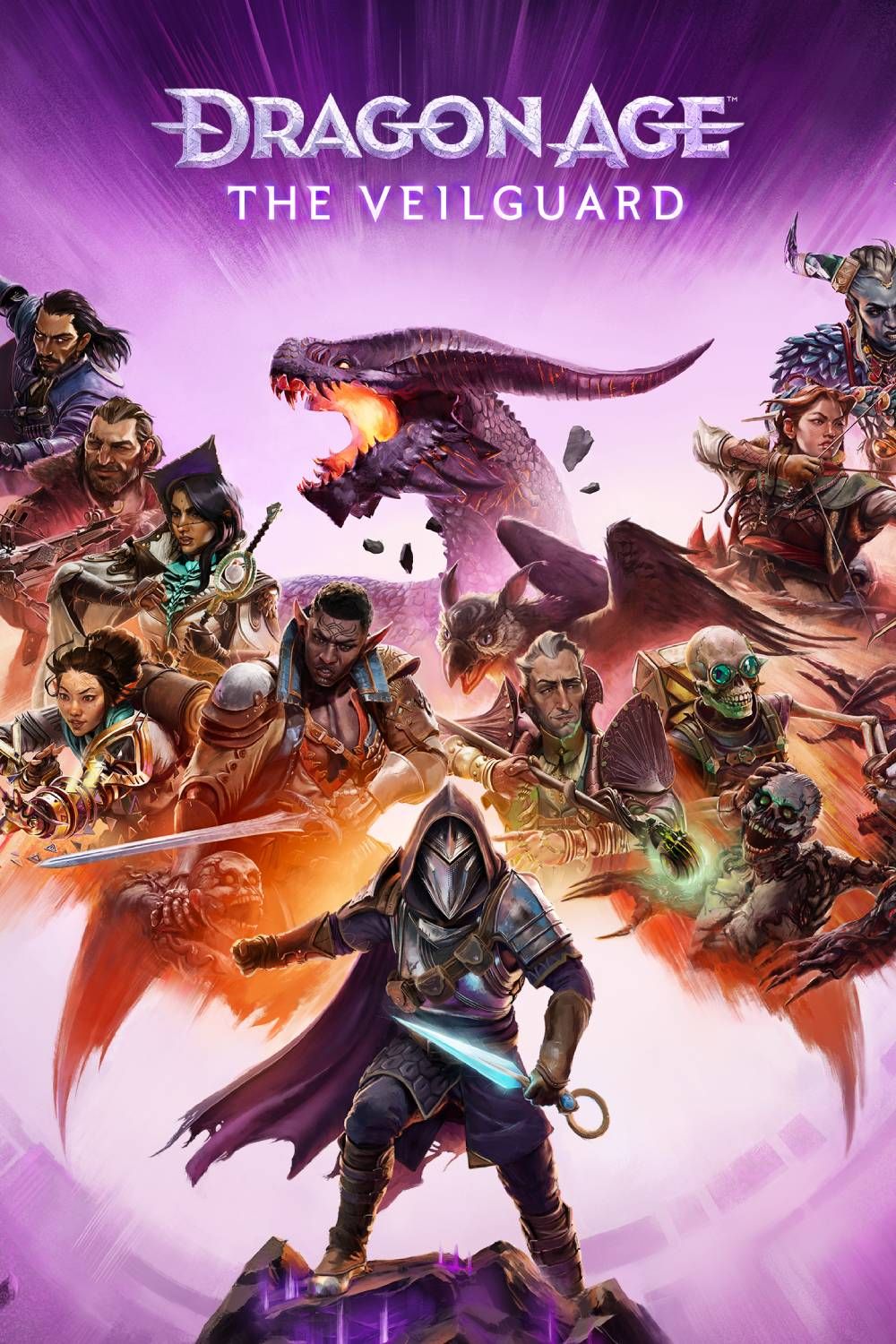

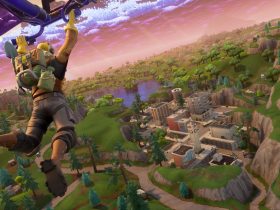

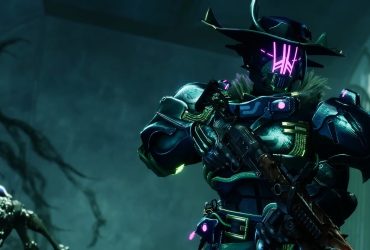
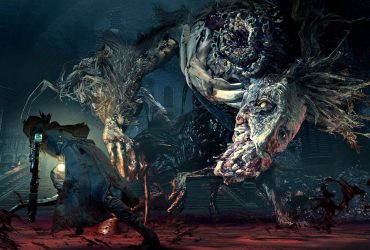
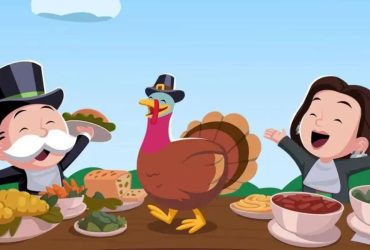
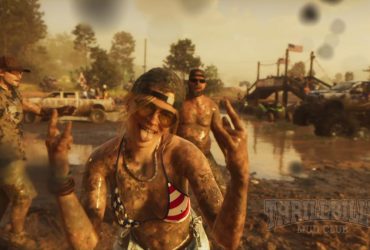

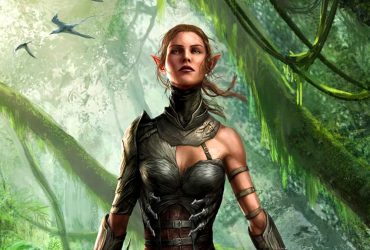
Leave a Reply